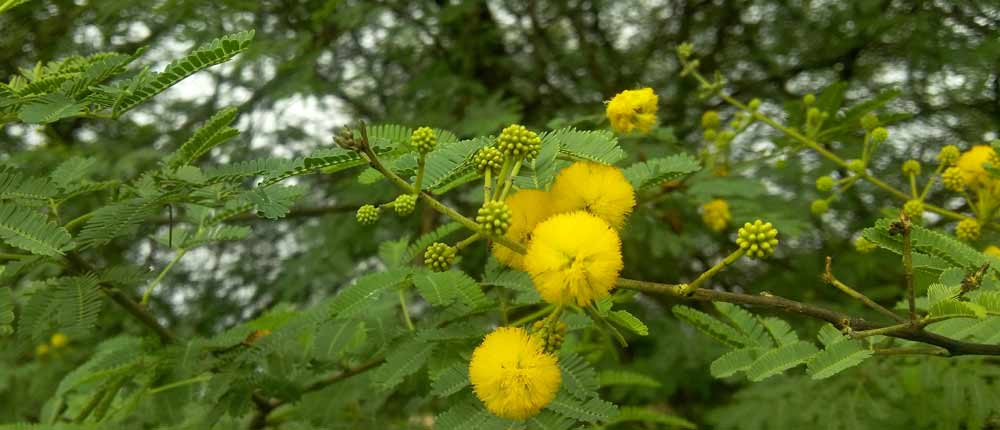
Banni grasslands was once the finest tropical grassland in Asia, but with the encroachment of the landscape by Prosopis juliflora has rendered the region unsuitable for several of its activities such as cattle rearing that has hit the livelihood of its people.
This is a case study on the interactions between the grassland, livestock, the invasive species Prosopis juliflora and the economy of the Banni grasslands, located in the district of Kachchh, Gujarat, India. The study focuses on modeling grassland degradation of Banni from 1992-2015 and simulates future scenarios up to 2030 using system dynamics modeling. An economic valuation of Banni's economy is done by discounting the future earnings of the pastoral economy (milk, livestock sale, dung manure) and charcoal economy under two scenarios 1) Base case (Business as Usual), i.e. keeping things as they stand today and 2) Prosopis Removal Policy (PRP) i.e. where a decision is implemented to remove Prosopis from Banni. Under the BAU scenario, modeling results indicate that the Banni grassland is headed for severe fodder scarcity due to shrinking area under grassland. If PRP is implemented then Banni would be able to revive its grasslands and more than double the Present Value of future earnings, up to 2030. If the policy decision to remove Prosopis is delayed by 5 years then it results into a 30% reduction in earnings indicating the policy's time sensitivity. The model serves as a test bed to evaluate management policies of Banni grasslands.
